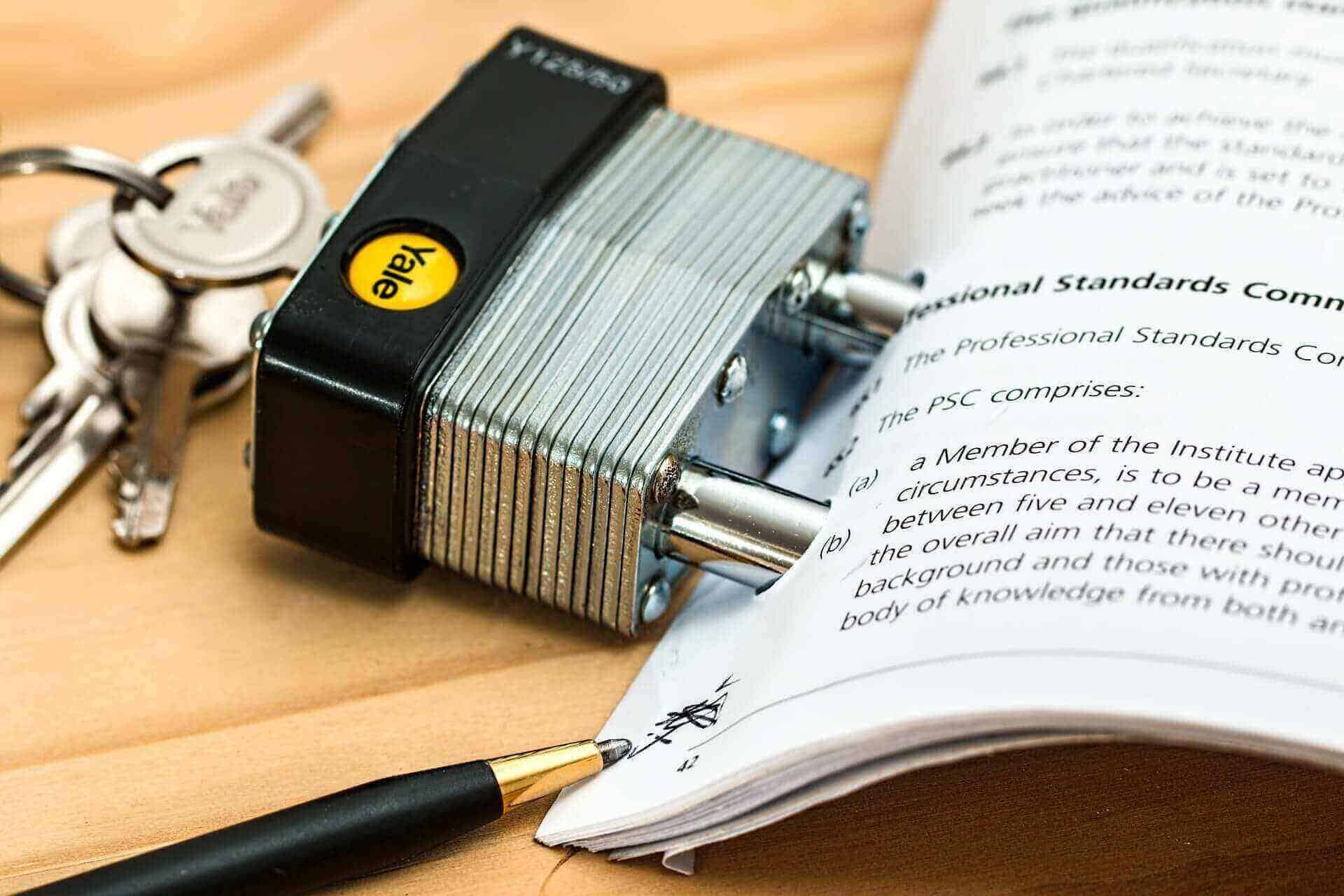Legal instrument is a legal term of art that is used for any formally executed written document that can be formally attributed to its author,records and formally expresses a legally enforceable act, process,or contractual duty, obligation, or right, and therefore evidences that act, process, or agreement.Examples include a certificate, deed, bond, contract, will, legislative act, notarial act, court writ or process, or any law passed by a competent legislative body in municipal (domestic) or international law. Many legal instruments were written under seal by affixing a wax or paper seal to the document in evidence of its legal execution and authenticity (which often removes the need for consideration in contract law); however, today many jurisdictions have done away with the requirement of documents being under seal in order to give them legal effect.
With the onset of the Internet and electronic equipment such as the personal computers and cell-phones, legal instruments or formal legal documents have undergone a progressive change of dematerialisation. In this electronic age, document authentication can now be verified digitally using various software. All documents needing authentication can be processed as digital documents with all the necessary information such as date and time stamp imbedded. To prevent tampering or unauthorized changes to the original document, encryption is used. In modern times, authentication is no longer limited to the type of paper used, the specialized seal, stamps, etc., as document authentication software helps secure the original context. The use of electronic legal documents is most prominent in the United States’ courts. Most United States’ courts prefer the filing of electronic legal documents over paper. However, there is not yet a public law to unify the different standards of document authentication. Therefore, one must know the court’s requirement before filing court papers.
To address part of this concern, the United States Congress enacted the Electronic Signatures in Global and National Commerce Act in 2000 (P.L. 106-229 of 2000, 15 USCS sec. 7001) specifying that no court could thereafter fail to recognize a contract simply because it was digitally signed. The law is very permissive, making essentially any electronic character in a contract sufficient. It is also quite restrictive in that it does not force the recognition of some document types in electronic form, no matter what the electronic character might be. No restriction is made to signatures which are adequately cryptographically tied to both the document text (see message digest) and to a particular key whose use should be restricted to certain persons (e.g., the alleged sender). There is thus a gap between what the cryptographic engineering can provide and what the law assumes is both possible and meaningful.
